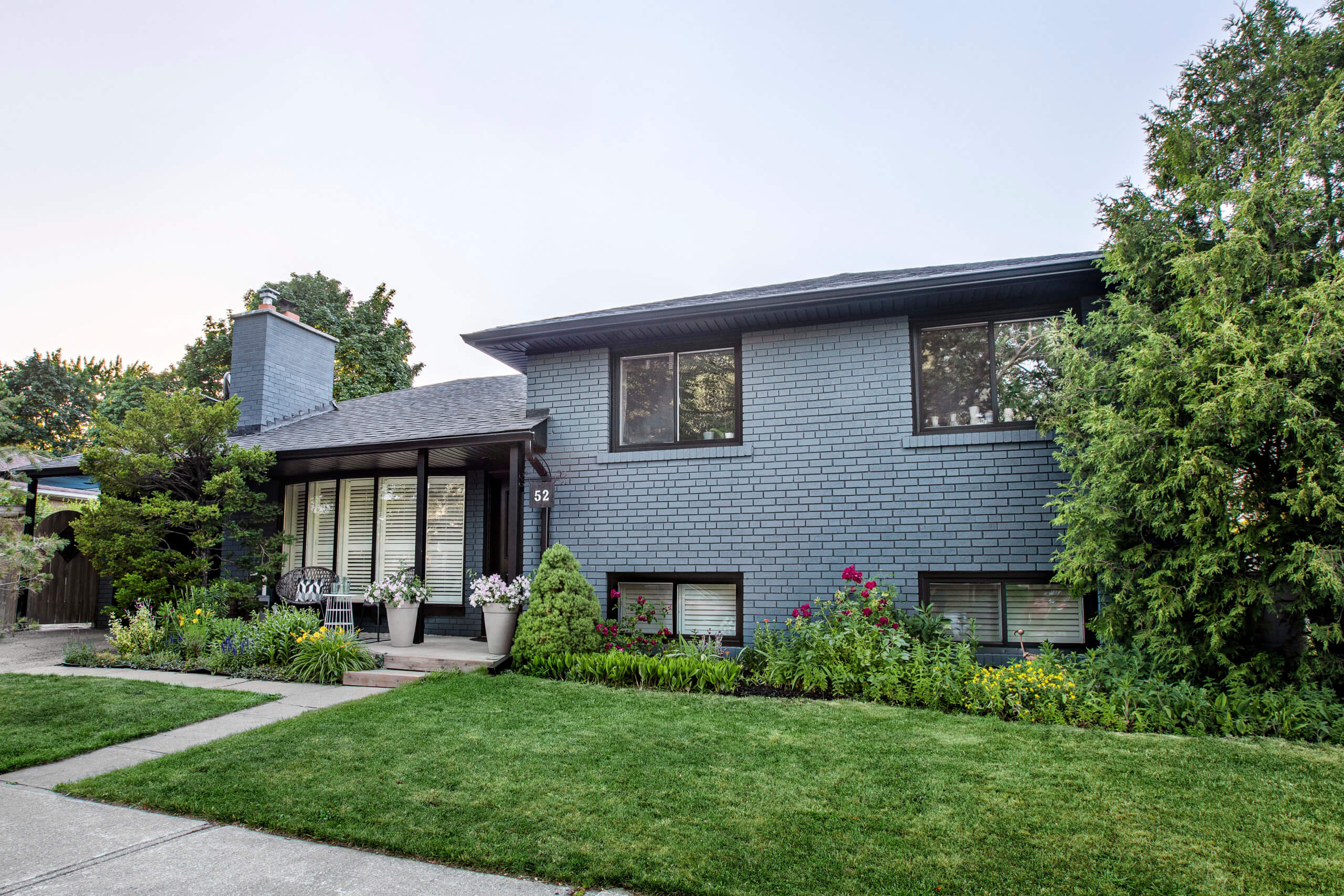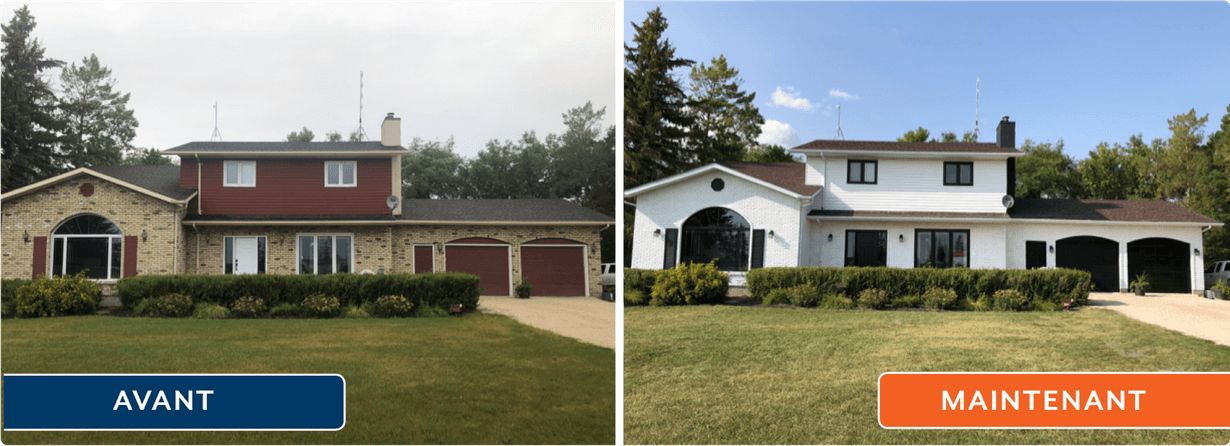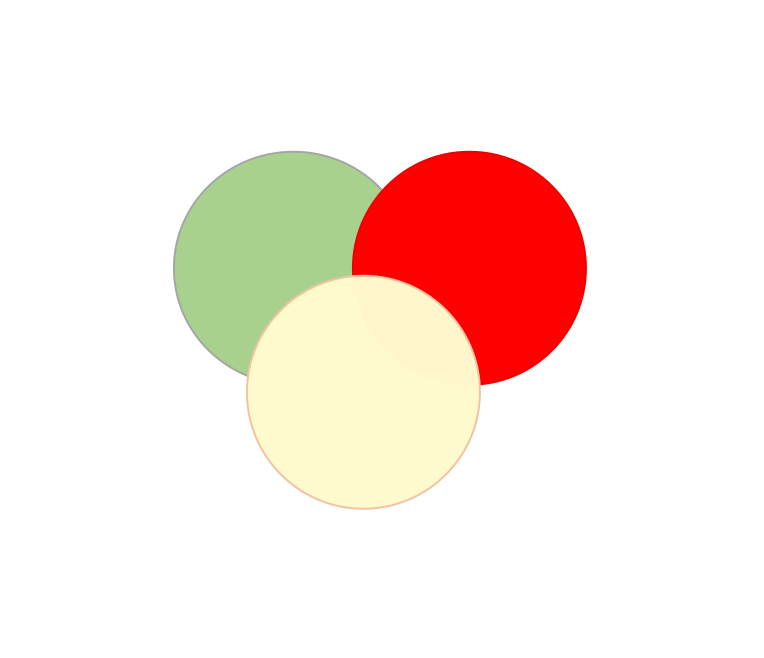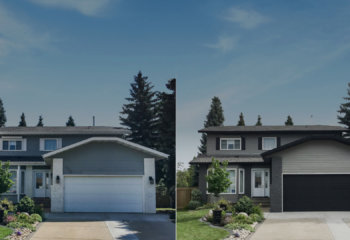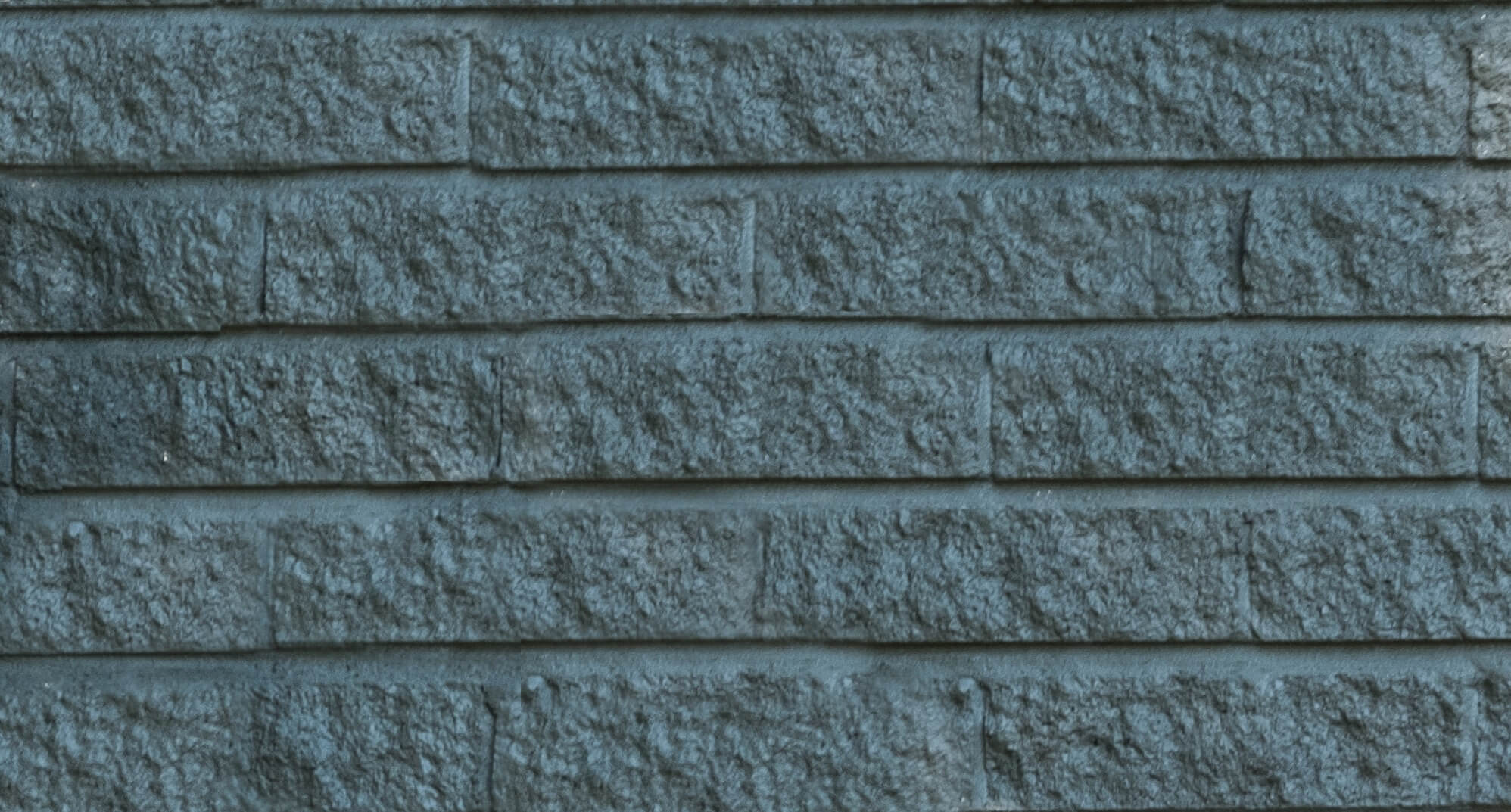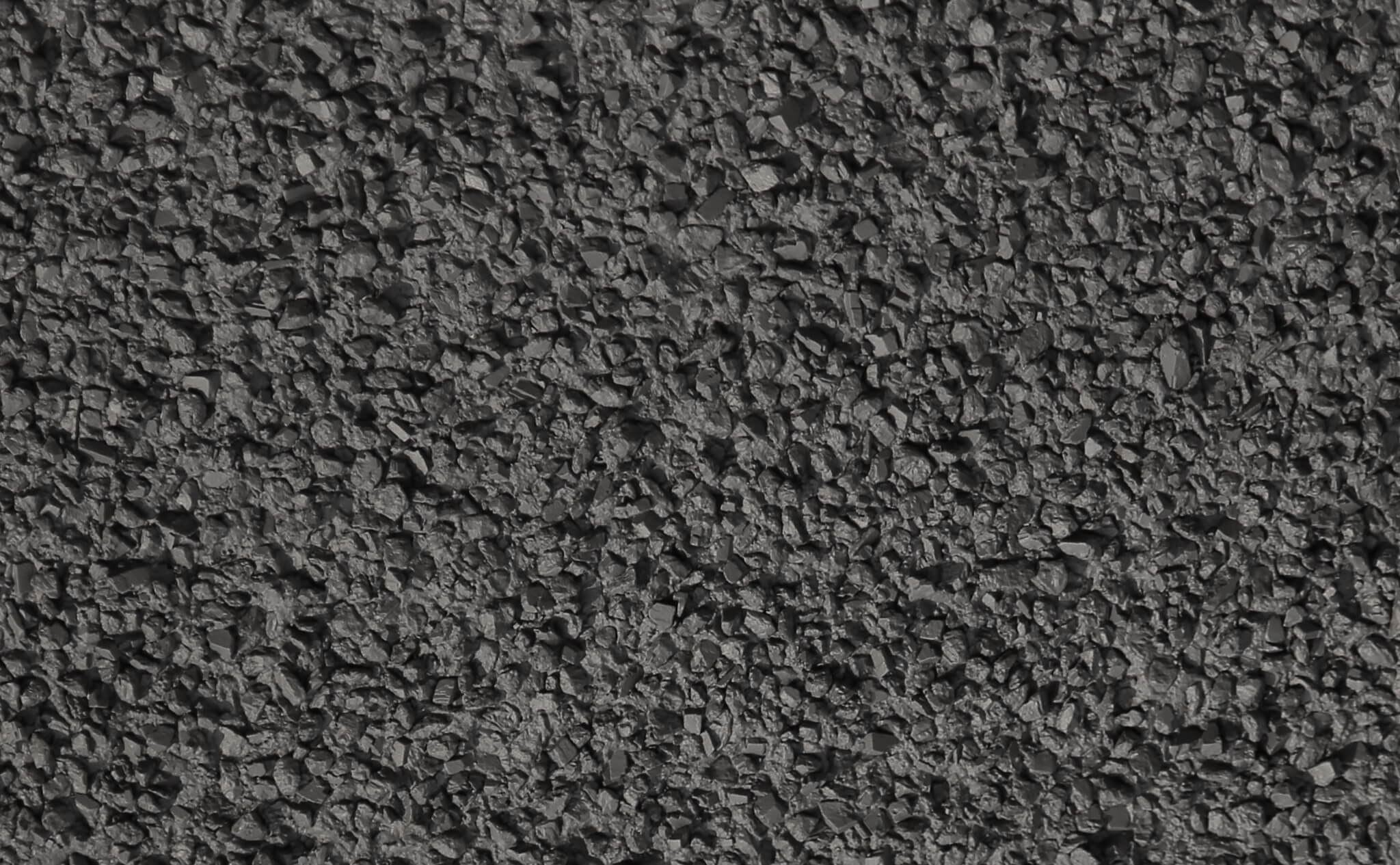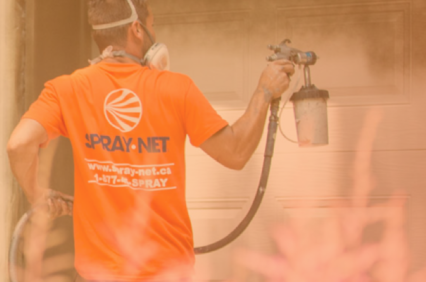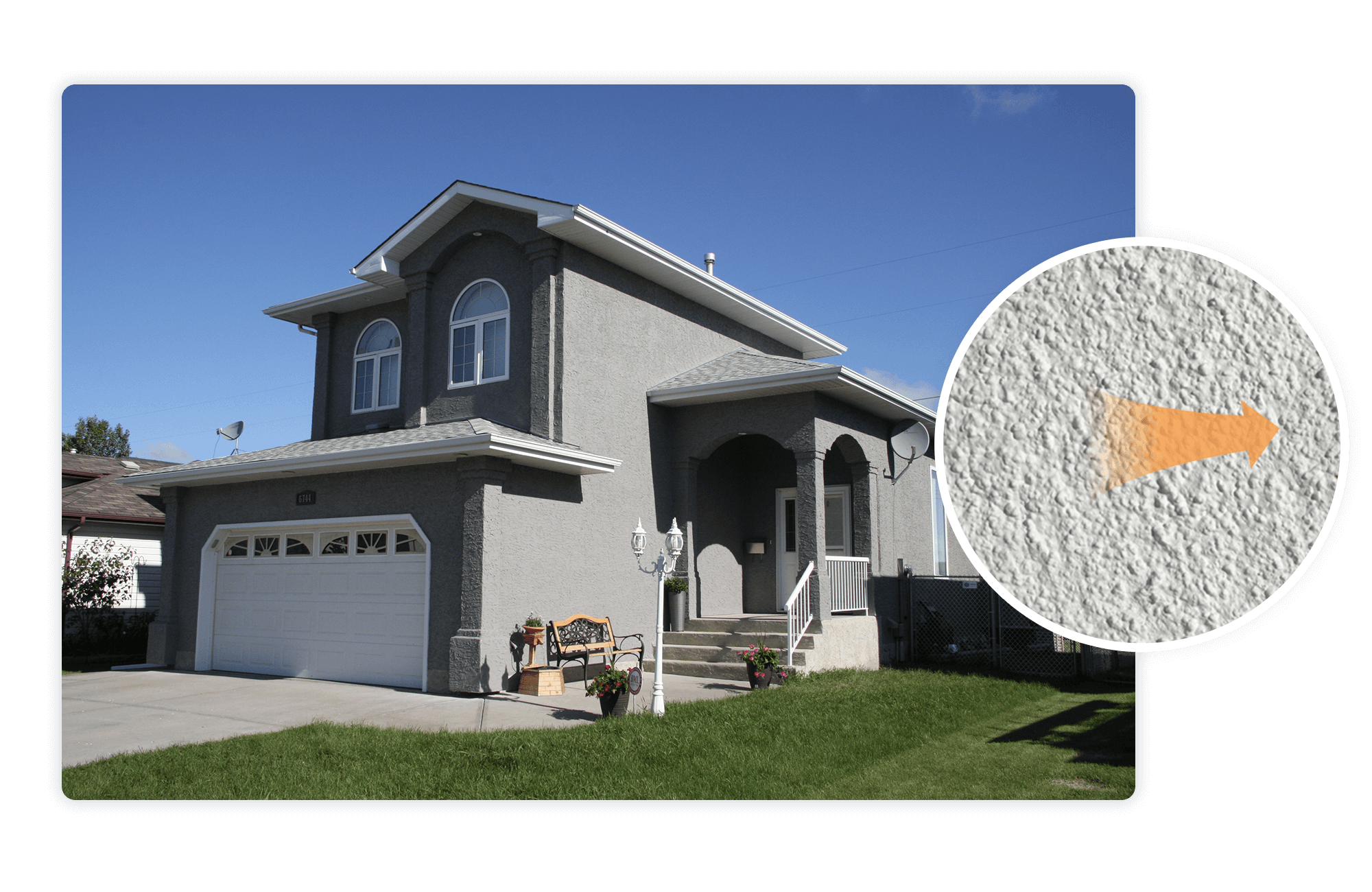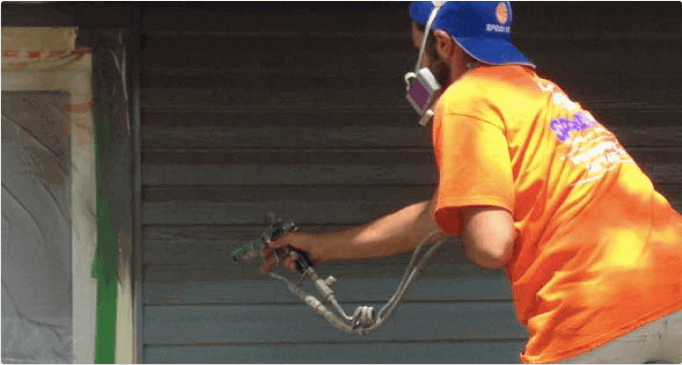You’ve taken on the daunting task of painting the exterior of your home and you’ve done everything by the book: you’ve purchased the right products, the right equipment and you’ve applied them as per the instructions of the paint can and of course, YouTube. Hours later, you take a step back and admire your work- you did it! Two weeks later, you’re now gawking at peeling paint. What happened?! One of the most important elements for a successful paint job is paint adhesion (and one of the main areas to look at when trying to diagnose a paint failure). Paint adhesion is a complex phenomenon, made up of 3 key components. We’ll dive deep into each one of these components and in doing so, not only will we reveal the foundation of our patented exterior painting process and proprietary exterior paints; we’ll possibly explain why your DIY project and all that hard work resulted in a paint failure.
Surface Preparation:
Everyone knows that proper surface prep before painting is vital, but most people think that’s the whole battle when in reality, it’s less than half the battle. We’ll get to the other important factors, but before we do, let’s tackle prep. Without proper prep, the other two factors don’t matter, as surface prep is the first link in the chain that results in proper adhesion.
It’s important to recognize that proper surface preparation goes beyond simply cleaning and removing visible dirt and debris. It’s about properly treating the surface so that it can “receive” the coating for optimal adhesion. Obviously, different surfaces require different preparatory steps, but at the basic level they all require removing any contaminants from the surface and making sure the surface is porous enough, at a microscopic level, to create a mechanical adhesion. At Spray-Net, we use different chemical cleaners to make sure we remove any factory or environmental contaminants from the surface. We do this by hand for smaller surfaces or by applying a cleaner and scraping it off with a high-pressure wash using a rotary nozzle. That’s step 1. For relatively glossy surfaces (over 10 gloss units), we scuff the surface or use a fast-evaporating chemical cleaner to soften the surface to accept the coating. Some surfaces, such as brick, need to be neutralized before staining. As you can see, proper surface prep is both surface and environment specific, so it’s especially important to understand this basic principle in order for it to be done right.
Chemistry:
The chemistry or “make-up” of the actual paint is extremely important for both initial application and permanent adhesion. Most exterior paints say they can be applied on many different surfaces but if you take a stroll through your local hardware store, you’ll find a premium latex exterior paint that can be applied to stucco, aluminum, vinyl, brick and even wood. You might think that a versatile product is a good thing, but when it comes to exterior house painting and the many different substrates that protect a home, you don’t want versatility. We’re not saying that these paints aren’t good and can’t work; but as the saying goes, “a jack of all trades is a master of none.” Vinyl siding, made from plastic, has completely different properties than cement-based stucco. Siding needs to be washable. Stucco needs to be flexible and permeable. Doors need to be scratch-resistant. Brick needs to breathe and should be stained. We hate to be the bearer of bad news, but there is no one product that can effectively do all of these things. And how these coatings are applied is just as important. The coating needs to properly wet (aka, maintain contact) with the surface, so the surface tension of the coating needs to be lower than the substrate. This is achieved by formulating the proper chemistry for each surface and treating the surface to increase its surface tension. See how both prep and chemistry are intermingled and how one cannot work without the other?
Conditions:
The varying nature of the weather can make it extremely difficult to reach the ideal parameters for proper water evaporation (aka, curing) to successfully occur, hence the potential for peeling paint 2-3 years down the line. Just read the back of a paint label for yourself and you’ll notice extremely restrictive conditions for “ideal” paint application. Avoid extreme, dry heat. Avoid high humidity. Avoid painting on days where it might rain within 8 hours. The temperature can’t be too cool, nor too hot. The list, unfortunately, goes on. These are all important factors, not to mention wind, that can cause the coating to skin (dry on the surface only). It’s vital to consider both the surface temperature and ambient air conditions when applying different types of coatings. Water-based paints are essentially solids plus water and for the paint film to be considered dry, the water must evaporate leaving only behind the solids (the binders, pigments and additives). To combat the effects that weather and temperature can have on a paint job, we’ve formulated weather-adjustable exterior paints and coatings. Our propriety technology, The Spray-Network, detects the weather parameters on the very day of your painting project. This allows us to adjust paint formulation directly on-site to deal with the effects of real-time heat, humidity, wind and rain. Unlike painting in a factory, we can’t control the environment in which we’re painting, so we’ve created a high-performance line of exterior paints, coatings and stains that gives us unprecedented flexibility to counterbalance the restrictive temporal conditions needed for a permanent paint job.
Although other factors (like using the proper equipment for a specific coating) also play an important role in the adhesion and finish of a coating, surface prep, chemistry and conditions are definitely the most important. We hope you realize why paint adhesion is not simply about surface prep. Proper adhesion is multi-faceted and like a chain. If any of the links are weak, the whole thing collapses, leaving you with paint fails such as blistering, peeling and chipping paint.
Subscribe to our blog & newsletter.
This is the advantage of subscribing to our blog.



